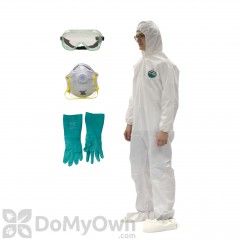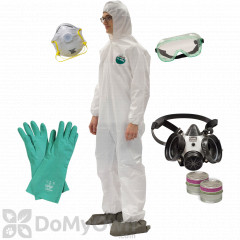
Pantry Pests are easy to miss at first due to how small these pests are, and the egg and larval stages of pantry pests are even harder to see with the naked eye.
Your first warning sign of a pantry pest infestation will likely be the presence of adult flying moths or beetles located in or around stored food products.
Read below to find out how to determine if you have a pantry pest infestation and then read our guide on How to Get Rid of Pantry Pests for the best treatment solutions to follow up with.
Where to Look for Pantry Pests in Your Home
Pantry Pests are most likely located within the pantry of your home; however, they can be located in other areas such as
- Cabinets or food storage shelves
- Dog, cat, bird, and other pet food storage areas
- Around baseboards where food crumbs can fall
In cases of severe infestation, meal moths will move far distances to pupate or grow. If you suspect that a pest might be a pantry pest, check out our identification guide for pantry pests.
Signs of a Pantry Pest Infestation

- Webbing or clumps in suspected infested foods
- Tiny holes or tears in the packaging of food
- Small pests located on an insect pheromone trap located near your pantry
- Small pests such as beetles or moths lingering within your pantry
Look for and Test Pantry Pest Food Sources

Pantry pests tend to frequent foods which are starchier and in bulk. Pantry pests do not typically frequent food items such as fresh fruit or vegetables. Therefore, an emphasis should be placed on examining foods that pantry pests enjoy. This includes common foods found in your pantry such as:
- flour
- pasta
- nuts
Test items that you suspect are infested. Place the food item in a clear, plastic bag where you will be able to catch anything that emerges.
- If you find the pantry pest accumulating in the bag, you know the foodstuff is contaminated and needs to be discarded along with following up with a pantry pest treatment.
- If there are no immediate sign of pantry pests within the bag, this may indicate that the item is not infested. To assure any item is pest free, store it in these clear bags for at least a month.



